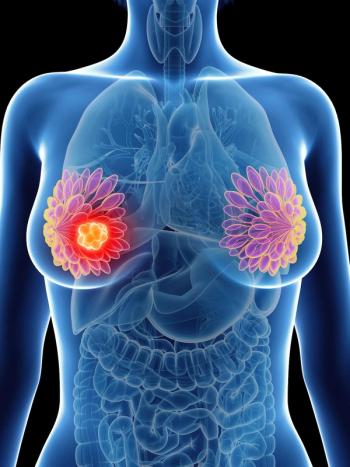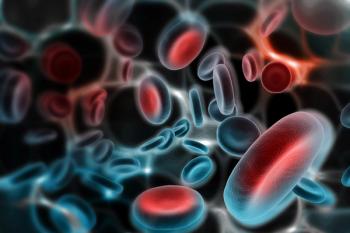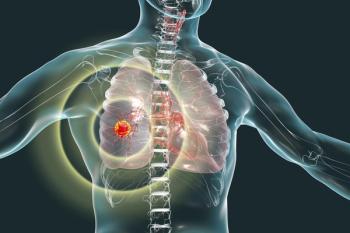
- ONCOLOGY Vol 13 No 3
- Volume 13
- Issue 3
T-Cell–Depleted Allogeneic Bone Marrow Transplant From HLA-Matched Sibling Donors for Non-Hodgkin’s Lymphoma
The role of allogeneic bone marrow transplant (BMT) as a treatment for advanced non-Hodgkin’s lymphoma (NHL) has not been established. Historical limitations tothis approach have included the relatively advanced age of these patients, as well as their extensive treatment prior to BMT. Accordingly, only limited data have been reported about overall and/or disease-free survival in these patients. Depletion of T-cells offers the potential for older patients to undergo allogeneic BMT by reducing complications related to graft-vs-host disease (GVHD), but whether the graft-vs-lymphoma effect would be correspondingly reduced is unknown.
The role of allogeneic bone marrow transplant (BMT) as a treatment for advanced non-Hodgkins lymphoma (NHL) has not been established. Historical limitations tothis approach have included the relatively advanced age of these patients, as well as their extensive treatment prior to BMT. Accordingly, only limited data have been reported about overall and/or disease-free survival in these patients. Depletion of T-cells offers the potential for older patients to undergo allogeneic BMT by reducing complications related to graft-vs-host disease (GVHD), but whether the graft-vs-lymphoma effect would be correspondingly reduced is unknown.
We report an analysis of 24 consecutive patients with NHL who underwent T-celldepleted allogeneic BMT at Memorial Hospital from April 1992 through November 1997. There were 13 males and 11 females. The median age at the time of BMT was 41 years (range, 5-59 years). Histologic subtypes included intermediate-grade lymphoma in 11 patients, low-grade lymphoma in 6, mantle cell lymphoma in 4, and lymphoblastic lymphoma in 3. All patients received allografts in lieu of autografts based on the presence of an available HLA-identical sibling donor and the lack of chemosensitive disease and/or marrow involvement. All patients had been extensively pretreated, receiving 2or more prior courses of chemotherapy. Pretransplant cytoreduction consisted of hyperfractionated total-body irradiation (1,500 cGy), thiotepa (10 mg/kg), and cyclophosphamide (Cytoxan, Neosar; 120 mg/kg). Allografts were depleted of T-cells by soybean lectin agglutination and sheep red blood cell rosetting.
Ten patients died within the first 100 days of BMT, including six from infection and two from residual disease. One patient developed grade 4 acute GVHD; this patient remains alive and without evidence of chronic GVHD 10 months following BMT. None of the other evaluable patients developed acute or chronic GVHD.
At a median follow-up of 25 months, the product-limit estimates of overall and disease-free survival were 0.58 and 0.43, respectively. Of 14 patients who were long-term survivors, 3 showed evidence of relapsed disease and were reinduced into remission with chemotherapy and/or radiotherapy followed by adoptive immunotherapy.
CONCLUSION: We conclude that T-celldepleted allogeneic BMT offers the potential for extended disease-free survival, and even outright cure, in patients with advanced NHL who are not candidates for autologous transplantation. The graft-vs-lymphoma effect of T-celldepleted allografts appears to be retained in the absence of significant GVHD. Results may be further improved by earlier transplantation, modification of cytoreduction, or the use of adoptive immunotherapy.
Articles in this issue
almost 27 years ago
WHO Declares Lymphatic Mapping to Be the Standard of Care for Melanomaalmost 27 years ago
Navelbine Increased Elderly Lung Cancer Patients’ Survivalalmost 27 years ago
Consensus Statement on Prevention and Early Diagnosis of Lung CancerNewsletter
Stay up to date on recent advances in the multidisciplinary approach to cancer.


















































































